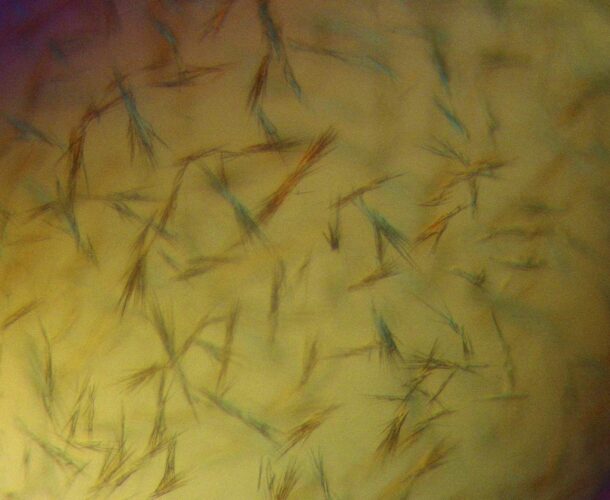Professor Beverley Biggs and colleagues discover that the malaria parasite can hide from the immune system.
Evading detection
When malaria parasites invade red blood cells, they ‘renovate’ the cells so the parasites can gain the nutrients they need to survive. To do this, the parasite transfers hundreds of different proteins to the red blood cell, altering its surface so that the red blood cell sticks to the side of blood vessels. This stickiness prevents infected cells from moving through the blood stream to the spleen, where immune cells would destroy them. The same proteins that make the infected cell sticky act as antigens, a molecular signature which is used by the immune system to recognise and attack invading pathogens.
Changing shape
Although the immune system can learn to recognise these proteins, the malaria parasite comes up with strategies to evade detection. It does this by changing some of these surface molecules by a process called “antigenic variation”.
The parasite uses a number of different building blocks to make these surface molecules. It has the ability to change the blocks frequently to make a slightly different molecule that does not look familiar to the immune system and therefore can’t be recognised again.
Biggs’ discovery opens another front for malaria vaccine research, allowing scientists to further probe the mechanism the parasite uses to evade immune detection and develop strategies to target it.



